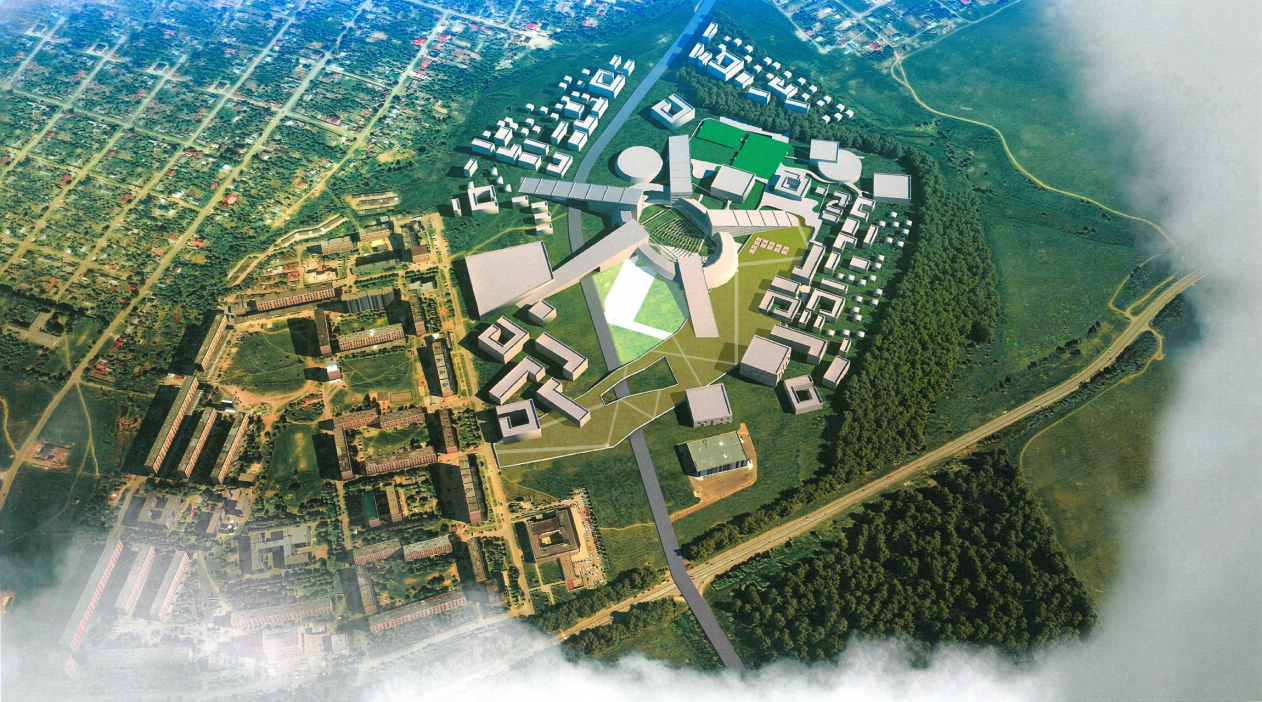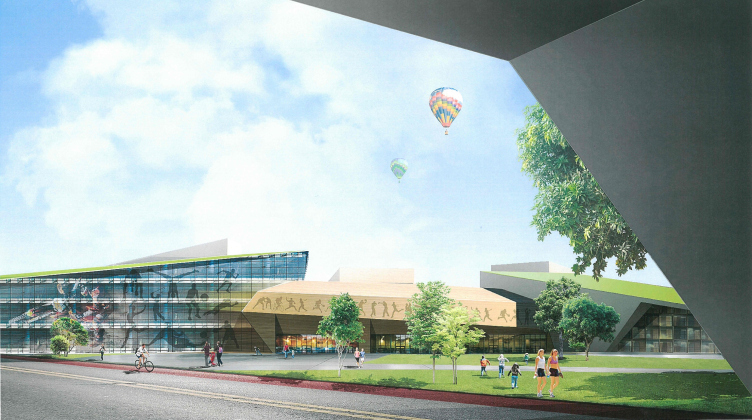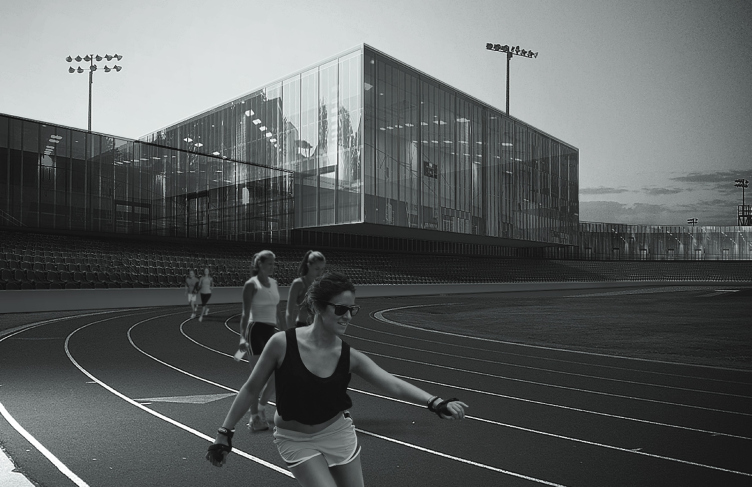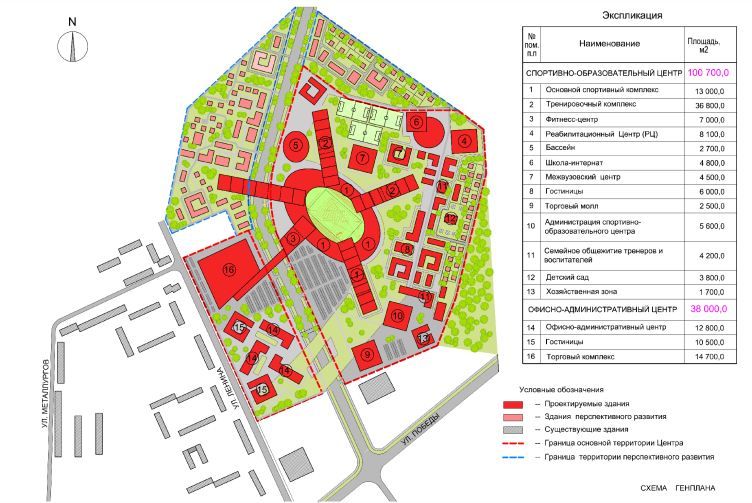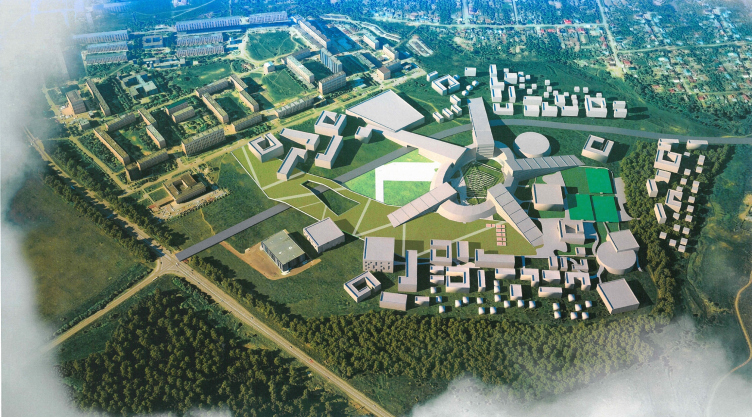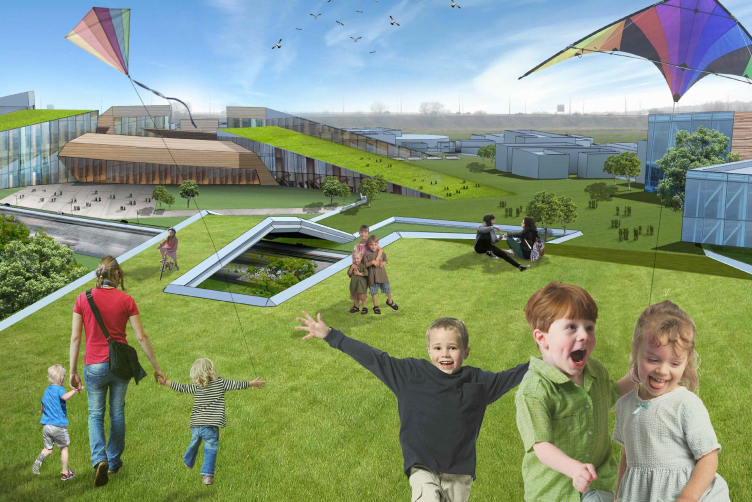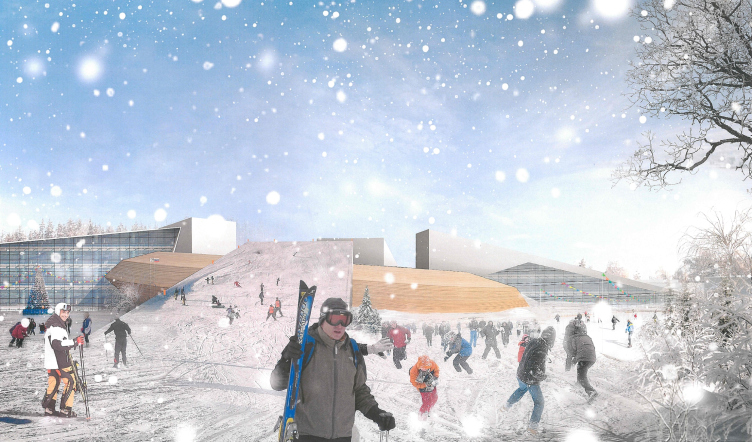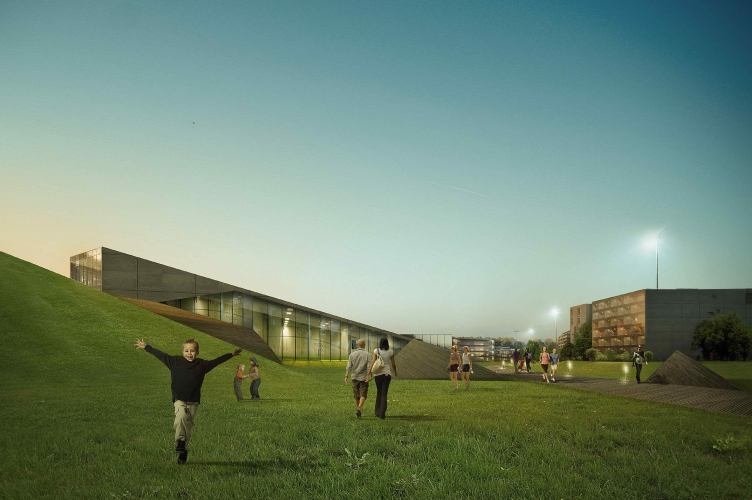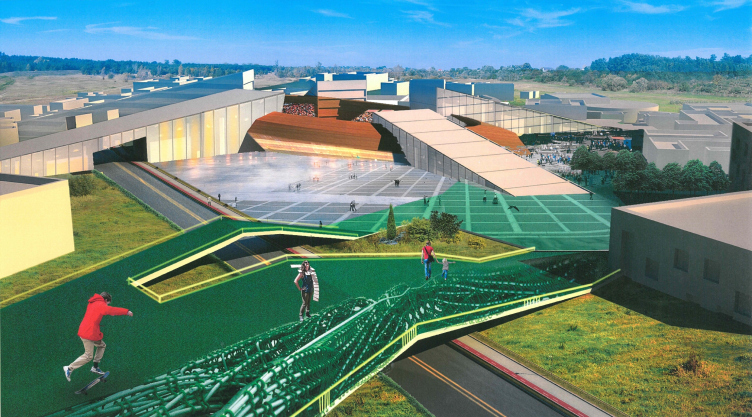The town of Kashira near Moscow today is known more as a summer resort by the Oka river, not because of the several factories situated here, one of which is actually a brewery, and not even because of Kashira power plant built under the personal direction of Lenin back in the day. One must say that a name “urban locality” assigned to many areas today suits Kashira much better than actually “a town”: a town as such, in the typical urban view, is not that easy to find here. Kashira is a historically torn, a “crossing” town: after the Time of Trouble it was moved to the right bank of the Oka from the demolished left one, where the ancient settlement is still preserved in Staraya Kashira (rus. “old Kashira”). The town had existed on the right bank as a suburban district with wide streets and low-rise houses until it was decided to start developing it as an industrial center, and several rail tracks were laid towards the Oka – which is very convenient allowing to use two types of transport at the same time – and a small town “Kashira-2” was founded two miles to the east of Kashira beyond the field and the railroad, with the factories and the power plant. Later, a microdistrict of “Kashira-3” was built in the eastern outskirts of the old (well, relatively old) Kashira. Today the network users tag it as the “natural ghetto”: five- and ten-story blocks of flats, “nowhere to go”, but, according to the Soviet norms, there are schools and kindergartens. Nearby, just at the border with the field and by the roadway leading from highway “Don” towards Kolomna, in late 80s the building of City Hall was built from the rose brick – associated with the regional committee but for an individual project. Even though the administration building turned out to be technically in the center, in seemed to be on the very outskirts of old Kashira, pitched to a hardly developed microdistrict. And in the middle – or to say, between the suburban district and the industrial town – nothing, a breach, that the city-machine started to fill with “Kashira-3” in the 70s, but stopped short, unable to pull it through.
Sports and education complex "Academy of Team Sports" © Vissarionov Studio
Sports and education complex "Academy of Team Sports" © Vissarionov Studio
Here, on the field east of the town hall offices, plans call for a “Competitive Sport Academy”, which on a scale of Kashira – a place with a population of about forty thousand people – is a very big project, practically of a federal level, with a total area of all the planned rooms – 900 000 square feet – which means an average size for Moscow, but a lot for Kashira. The project is very multifunctional: apart from the two halls for sporting events – a big one and a small one – one training complex, a swimming pool and the rest sport infrastructure, the authors are also planning a boarding school, housing for the teachers and an inter-university center (there are several branches of Moscow universities in Kashira), and also three shopping malls, that will take after the shop situated now at the roadside by the City Hall. The civil servants are talking about the importance of the new “Academy” for the development of the town and for “enhancing the region’s investment attractiveness”. The project has been approved by the City Council of Moscow Region; the architectural design of the Academy was developed by the Architectural Bureau of Yuri Vissarionov, that demonstrated it among its new projects at Zodchestvo festival, on a stand a la 20s (by the way, the stand of the Bureau was awarded the “Golden diploma” of the festival).
Sports and education complex "Academy of Team Sports" © Vissarionov Studio
Master Plan © Vissarionov Studio
Now, as mentioned above, the site of the future “Academy” represents an open country with a small grove at the background, where the housing for the teachers is planned. According to the city development plan, however, the Academy is to be “cut” by a road, that will extend Centrolit street leading through the fields from Kashira to the foundry, situated a bit to the south – then it will be possible to get to the foundry straight from the city. On the one hand, the new road is an advantage for the “Academy”, since it will provide a convenient approach to the sporting complex itself, as well as to its public and administrative center. But on the other hand, it is a disadvantage, because the transport artery will inevitably divide the ensemble in two. That is why the architects suggested “covering” the transport watershed with a green avenue-bridge. The wide boulevard serves as the public center and the green core of the complex. Taking this way, for example, you can walk from the old micro district “Kashira-3” up to the central part of the “Academy”. Actually, the main sporting center looks like an oval donut, or reminds a space ship from a fantastic novel that has landed onto the grass, a bit on the cross, and as a result has grown into the soil. It is, however, tightly pressed to the ground by five flat triangles that admit a fitness-center, a training complex and the extension of the main sporting complex. It results into something reminding a giant octopus (or so to say a “pentapus”) or even a button that, if you look from above, looks as if it aims to connect the parts of Kashira, scattered about the landscape. A sort of a space paperclip…
The roofs of the triangle volumes – the assumed “arms” of our clip – have been turned into hill-boulevards that will be good for skiing in winter. One may doubt the likeness to a space ship: what if, on the contrary, the “donut” has grown out of the ground? And here you can imagine some sort of a secret underground “Kashira-4” – isn’t it odd, that parts of the city had been set so far from one another; there must be a reason – so here you have a secret underground “donut”, some kind of collider, and the tectonic shifts have made it come up onto the surface – an accident, like on some submarine – and it came out, and the massive underpinning, that had kept it down, followed it up – well, and became convenient hills for skiers and children with sleds. There is a similar image of “rising ground” in Dmitry Bykov’s novel “ZhD”. Of course, it is all science fiction, much like space fiction, but the image has turned out to be quite precise.
Sports and education complex "Academy of Team Sports" © Vissarionov Studio
The green hills on the roofs together with the promenade avenue over the road create a landscape complex, that belongs to the relief and is even park-like to some extent, even though there are not so many trees – mostly there is grass and especially many parking lots: there is no underground parking and the pavement for the cars takes up about 12% of the territory. Splicing the buildings with the landscape, likening them to results of tectonic shifts and cut hills is a popular method in modern architecture, among eco-friendly methods showing regard for the environment. Besides, thanks to the avenues-anchors the sporting complex, that is evidently quite too big for this town and his area, has found its right scale to the nearest and further surroundings – has fit into the urban and natural environment.
Sports and education complex "Academy of Team Sports" © Vissarionov Studio
Sports and education complex "Academy of Team Sports" © Vissarionov Studio
Sports and education complex "Academy of Team Sports" © Vissarionov Studio
The problem of matching with its scale is solved very delicately here. The “Academy’s” position between the corresponding residential development and the picturesque landscape of the nearest suburb defines the reasonable allocation of the administrative, residential, commercial, educational and sporting and other functions around the whole territory of the center. At that, the architects had to find the right proportion solutions, they had to melt, dissolve such an impressive object, “saturate” it with the city. And they managed it: the exaggerated rhythm of large volumes of the middle part of the complex is turning into a spreading of small, prisms with square roofs towards the periphery and forming the exact mapping of the complex. The administrative offices, a hotel and shopping centers are grouped in the western part of the territory, near to the micro district “Kashira-3”. On the East, by the forest, there are family dorms for the coaches and tutors, a rehabilitation facility and a kindergarten. And there, far out, the so-called “back-up” territories are in the future planned for low-rise accommodation: apartments, “bed and breakfast” hotels and care homes. Their sizes diminish towards the borders of the territory reaching a size of a cottage and smoothly growing into the image of Kashira district, trying to overcome the fragmentary nature of the semi-urban texture of this place, to splice it as much as possible in such cases.
Sports and education complex "Academy of Team Sports" © Vissarionov Studio
Sports and education complex "Academy of Team Sports" © Vissarionov Studio

